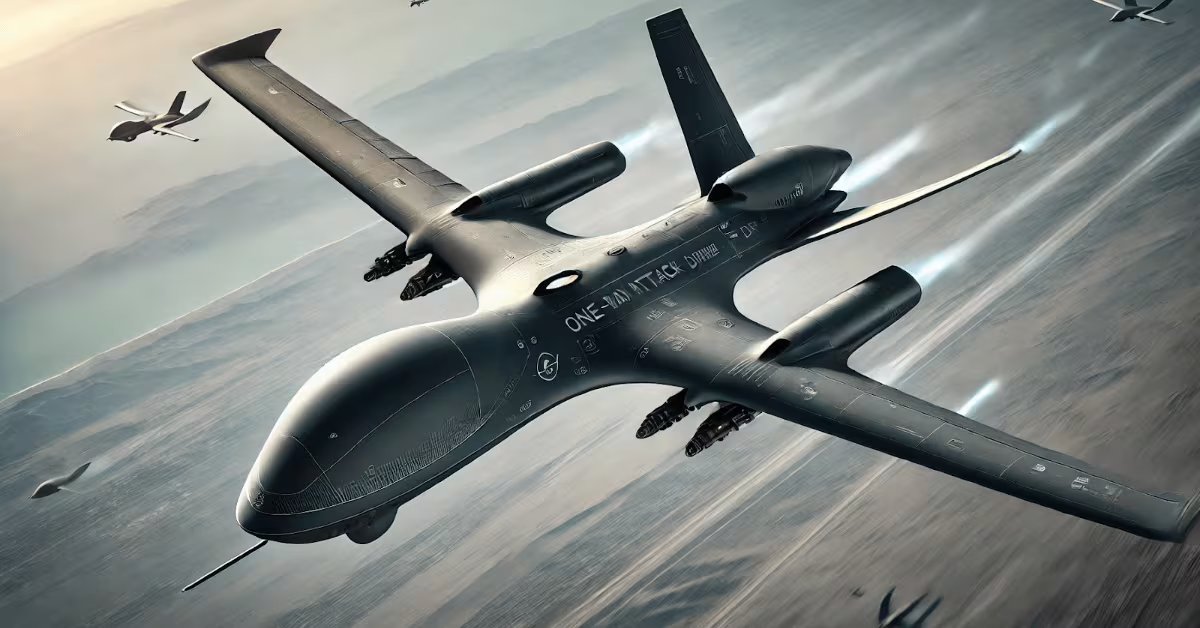WASHINGTON — Air Force Special Operations Command plans to conduct flying demonstrations of multiple armed overwatch aircraft this year, paving the way for procurement to start in fiscal 2022, its top general said Tuesday.
Speaking at a discussion hosted by the Mitchell Institute for Aerospace Studies, AFSOC commander Lt. Gen. James Slife said that the forthcoming demonstration could help furnish lawmakers — who opposed funding the procurement of five armed overwatch planes in FY21 — with the information they need to satisfy questions and concerns about the program.
“I think we can do [the program] at relatively low risk based on what we’ve seen from the vendors who have indicated that they intend to bring platforms to demonstrate for us in the coming months,” Slife said. “If it is non-developmental and it meets the requirements that SOCOM has laid out to industry, then we’re interested in looking at it.”
U.S. Special Operations Command requested $101 million in fiscal year 2021 to buy the first five armed overwatch aircraft and announced plans to purchase up to 75 planes total to replace the U-28 Draco. However, Congress made major cuts to the program and included language in the defense policy bill that would prohibit SOCOM from being able to buy armed overwatch aircraft in FY21.
With the funding appropriated by Congress in FY21, SOCOM will be able to conduct a demonstration of off-the-shelf aircraft, said Slife, who added that he was not concerned that Congress would repeatedly seek to keep the program from moving forward.
“I think Congress is appropriately and prudently exercising their oversight role. I would view this as a lower risk enterprise than perhaps some charged with oversight do, but the fact that we see it differently doesn’t mean that they’re wrong,” he said.
“Ultimately I believe SOCOM will be able to demonstrate to the Congress that this is a viable program and it’s required for the future operating environment. I remain cautiously optimistic.”
AFSOC envisions its armed overwatch platform as a reconfigurable, multi-mission aircraft that will conduct intelligence, surveillance and reconnaissance missions and perform close air support of ground forces. The aircraft, which will be flown only in uncontested environments such as in Africa, will be able to operate in austere conditions using a very minimal logistics footprint.
“The whole reason we’re doing this is because the national defense strategy talks about the need to do cost effective [counter-violent extremist organization] operations, cost effective irregular warfare,” Slife said. “So the operating environment where we currently operate U-28s is about the same operating environment where we would envision operating armed overwatch platforms.”
According to Air Force Magazine, at least four vendors have indicated an interest in the program: Sierra Nevada Corp., Textron Aviation, Air Tractor, and Leidos.
Slife stressed that the armed overwatch program is not a “rehash” of the Air Force’s light attack experimentation campaign. During that effort, the Air Force tested multiple off-the-shelf attack planes — including some candidates that are vying to be included in the armed overwatch program, such as Textron and Sierra Nevada — in the hopes of discerning whether a buy of about 300 planes could help the service conduct counterterrorism operations more cost effectively.
The Air Force ultimately abandoned the effort in its FY21 budget due to other spending priorities.
Slife said it is too early to say whether SOCOM will consider buying multiple platforms, or whether it would be amenable to leasing aircraft or other alternatives to a traditional acquisition program. However, he stressed that the special operations community would not be transitioning to a fighter type aircraft with a jet engine and an ejection seat.
“The armed overwatch platform will be less expensive to operate [than the U-28],” Slife said. “It will be more versatile than the U-28, and frankly, we’ll have greater capacity to operate in those small disaggregated kinds of teams.”
Valerie Insinna is Defense News' air warfare reporter. She previously worked the Navy/congressional beats for Defense Daily, which followed almost three years as a staff writer for National Defense Magazine. Prior to that, she worked as an editorial assistant for the Tokyo Shimbun’s Washington bureau.








